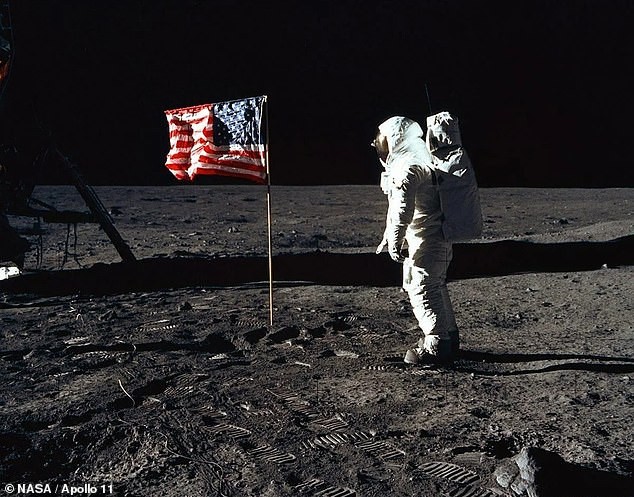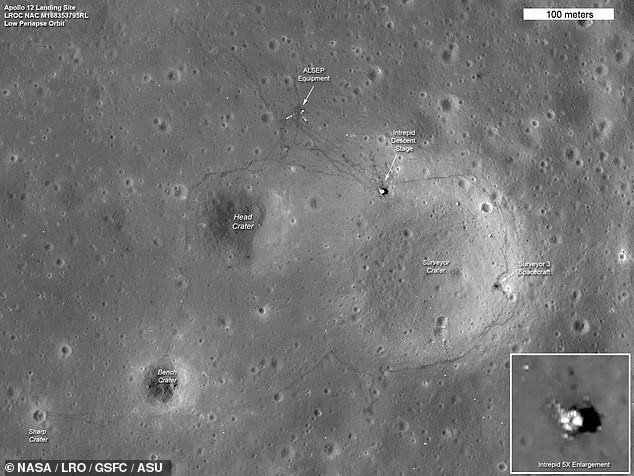One Big Lie? Kim Kardashian Claims the Moon Landing Was Fake—and Here Are the Three Proofs NASA Says It's Real
Reality TV star Kim Kardashian sparked controversy by saying she believes the 1969 moon landings were faked. She asked, “There’s no gravity on the moon—why is the flag blowing? The shoes they have in the museum that they wore on the moon have a different print than the photos. Why are there no stars?” Experts insist there are three clear pieces of evidence that Apollo 11 was real: the equipment left on the lunar surface, the 382 kilograms of lunar rock brought back to Earth, and more than 8,000 publicly available photos from the mission. As Dr. Greg Brown of the Royal Observatory Greenwich notes, “From the Second World War onwards, rocket technology existed that was at least theoretically capable of getting to the Moon. But the technology to fake it did not.”

In This Article:
Three Key Pieces of Evidence That Apollo 11 Really Happened
1) The lunar laser ranging retroreflector array, a large mirror left on the Moon, is still used today. By bouncing laser light off these prisms and timing the return, scientists measure the exact distance to the Moon. These measurements show the Moon is moving away from Earth at a snail’s-pace pace—about the growth rate of a human fingernail. 2) Lunar rocks: Across all Apollo missions, NASA returned about 382 kilograms of lunar rocks and debris. Independent labs around the world have analyzed them and found a mineral and isotope signature that differs from Earth’s, confirming they are extraterrestrial in origin. These samples underpin our understanding of the Moon’s formation. 3) A vast archive of photos and data: More than 8,000 photos, thousands of hours of video, and extensive air–to–ground transcripts are publicly accessible. Independent verification and non-NASA institutions have repeatedly confirmed the authenticity of the imagery and data.

Independent Verification Across Nations and Time
The Apollo program was tracked by observers from multiple nations, and no credible evidence of fakery has ever emerged. In 2011, the Lunar Reconnaissance Orbiter mapped the Moon in unprecedented detail, producing hundreds of terabytes of imagery and photographing Apollo landing sites 12, 14, and 17 with remarkable accuracy. You can even see the descent stages, footprints, and equipment left behind. Dr. Brown notes that imagery has been independently verified by institutions worldwide, not just NASA. The long-term presence of the hardware—retroreflectors, landers, and rovers—alongside ongoing measurements shows a continuous, verifiable footprint of human exploration.

Debunking Common Conspiracy Claims
One of Kardashian’s points was that you can’t see stars in the lunar photos. Scientists explain that cameras, like human eyes, struggle to capture both bright and faint objects at the same time. The Moon’s surface is brightly lit by the Sun, and there is no atmosphere to scatter light, which makes stars appear too faint to photograph alongside astronauts. Another popular claim concerns the moving flag. In reality, the flag’s ripples are caused by the stiff, but not wind-running, metal pole and the creases from storage during the voyage; there is no atmosphere to drive wind on the Moon. Shadows and perspective can also look contradictory in some photos, but simple physics—varying sun angles and uneven terrain—explains apparent anomalies.

Why These Findings Matter Today
The Apollo rocks and the retroreflector continue to fuel discoveries about the Moon. The lunar samples help scientists compare the Moon’s composition to Earth and to lunar meteorites that land on Earth. The idea that the Moon formed from a colossal Earth–Mars-sized impact remains widely supported by the science of these rocks. The 2011 LRO data and ongoing laser ranging measurements demonstrate that, despite decades of scrutiny, there is no credible evidence of a hoax. The Moon’s distance from Earth is measured with extraordinary precision, a testament to decades of careful observation and international curiosity. Ultimately, the evidence—from artifacts on the surface to thousands of photographs and independent verifications—persists: the Apollo missions were real, and they reshaped our understanding of our place in the solar system.

